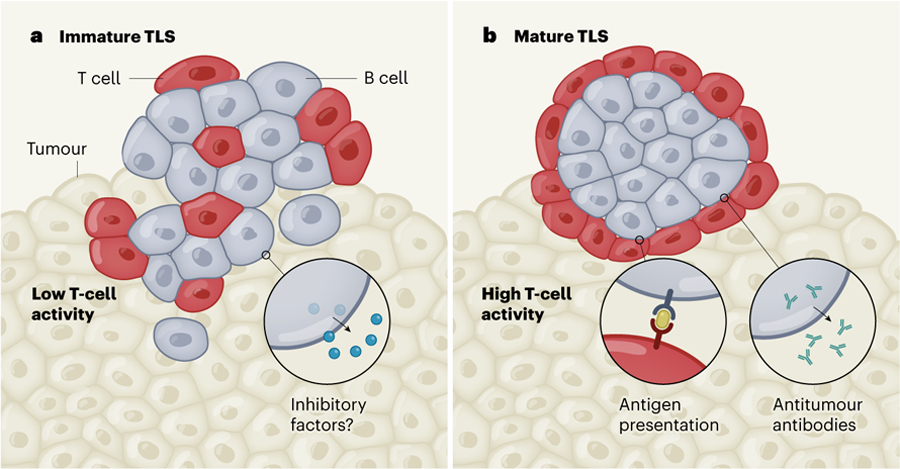Figure 1 |. Multifaceted B cells in the tumour microenvironment.

B cells are thought to have multiple roles in suppressing or promoting the immune system’s ability to kill tumour cells, depending on whether they are located in immature or mature compartments called tertiary lymphoid structures (TLS), which also contain T cells. a, In poorly structured, immature TLS, one hypothesis is that B cells generate inhibitory factors. These might be molecules released from B cells that dampen the response of other immune cells, or molecules on the surfaces of B cells that hinder the targeting and destruction of tumour cells. Both of these inhibitory mechanisms might arise if B cells have less interaction with T cells and more interaction with the malignant tumour. Three studies2–4 now provide indirect evidence that immature TLS are associated with low activity of T cells in tumours. b, By contrast, B cells in well-structured, mature TLS can release antibodies that couldtarget tumours, and B cells can present a tumour-derived protein called an antigen (yellow) to T cells in the tumour, activating the T cells. The studies suggest that the presence of B cells in mature TLS is correlated with increased T-cell activity, improving the immune system’s ability to target tumour cells, and increasing the likelihood that the tumour will respond to immunotherapy.
